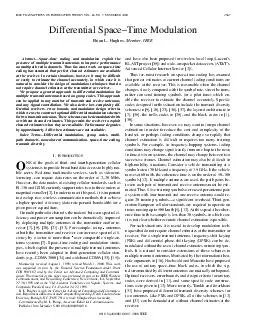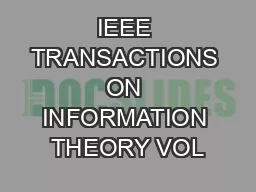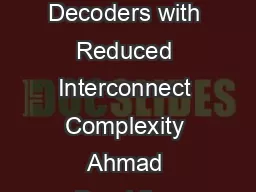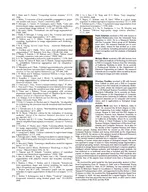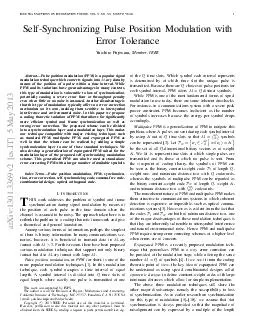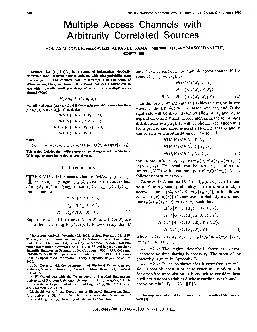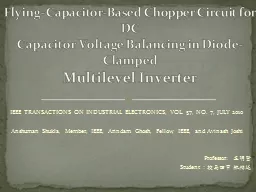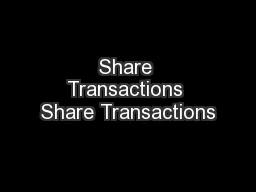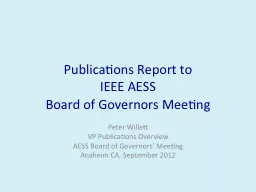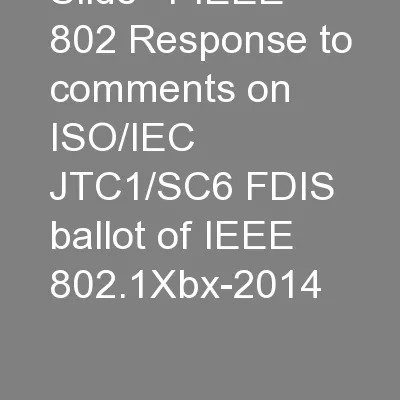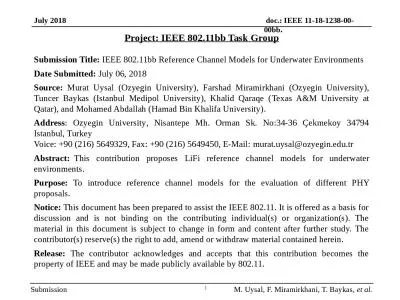PDF-IEEE TRANSACTIONS ON INFORMATION THEORY VOL
Author : liane-varnes | Published Date : 2014-12-25
46 NO 7 NOVEMBER 2000 2567 Differential SpaceTime Modulation Brian L Hughes Member IEEE Abstract Spacetime coding and modulation exploit the presence of multiple
Presentation Embed Code
Download Presentation
Download Presentation The PPT/PDF document "IEEE TRANSACTIONS ON INFORMATION THEORY ..." is the property of its rightful owner. Permission is granted to download and print the materials on this website for personal, non-commercial use only, and to display it on your personal computer provided you do not modify the materials and that you retain all copyright notices contained in the materials. By downloading content from our website, you accept the terms of this agreement.
IEEE TRANSACTIONS ON INFORMATION THEORY VOL: Transcript
Download Rules Of Document
"IEEE TRANSACTIONS ON INFORMATION THEORY VOL"The content belongs to its owner. You may download and print it for personal use, without modification, and keep all copyright notices. By downloading, you agree to these terms.
Related Documents

